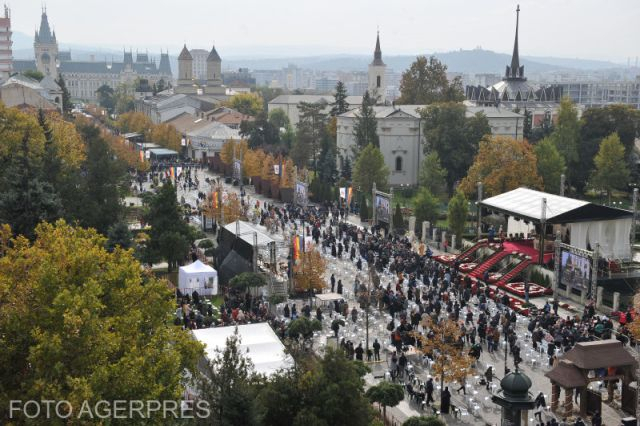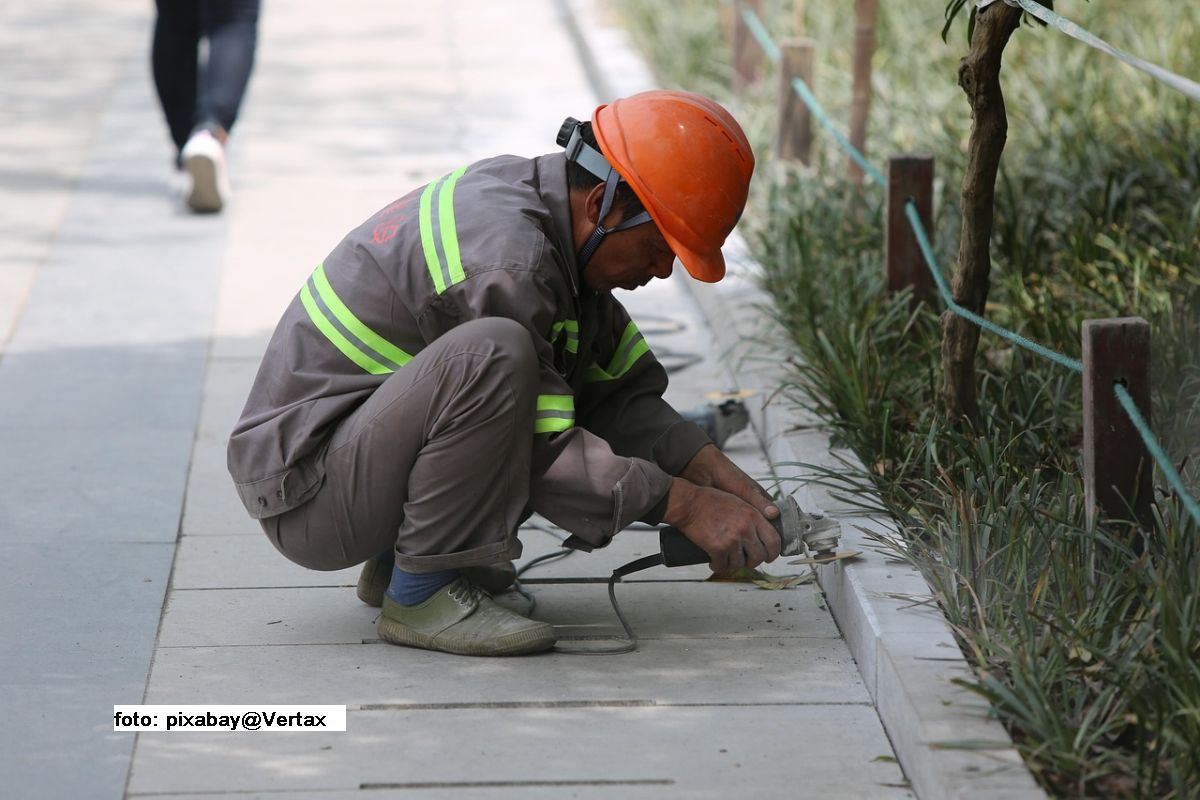Pilgrim in the 21st Century
There is no major religion in the world that does not have at least one grand pilgrimage of its ow

Roxana Vasile, 17.11.2021, 13:30
There is no major religion in the world, be it Buddhism, Hinduism, Islam, or Judaism, that does not have at least one grand pilgrimage of its own. As for Christianity, it is rife with such acts of faith. Jerusalem, Rome, Santiago de Compostela, Lourdes, and the Greek sites at Meteora, Egina, Nea Makri, Evia, or Mount Athos, these are just some of the famous places of pilgrimage in the Christian world.
In Romania, a majority Christian Orthodox country, the annual season for the most important pilgrimages is over, an opportunity to talk about this massive religious and social phenomenon with Mirel Banica. He is a science researcher in the socio-anthropology of religions with the Romanian academy:
“Each pilgrim, and I am sure that many of your listeners have been one at some point, has their own preferences. We can say that, we are not theologians, people love one saint more than another, they have their own chemistry. However, I will try to make a small classification. The most important pilgrimages we have would be that in Iasi and those in Bucharest, which, in the good years before COVID, brought together tens and hundreds of thousands of people. Then we have the pilgrimage in Nicula, which is Transylvania’s pilgrimage. We also have the famous local pilgrimages, such as the one in Curtea de Arges, to St. Philothei of Athens, the pilgrimage to Cernica Monastery, to St. Calinic. We also have a relatively new pilgrimage, it is 10 or a dozen years old, no more than that, at the special place in Prislop, to the grave of Father Arsenie Boca.
In the Catholic tradition, pilgrims often have a long way to walk. That is the case, for instance, with the famous Camino to Santiago de Compostela. In Orthodoxy, things are different. Even though there are no two identical pilgrimages, all have certain things in common, pointed out by researcher Mirel Banica:
“What is specific to Orthodox pilgrimage is that long line in which people stand, waiting their turn. Some are longer, some shorter. I personally waited the longest in Iasi, about five years ago, for 20 hours. As any pilgrim, I am prideful, pilgrims like showing off a bit. They shouldn’t, but they like boasting their achievements. Another typical thing of Eastern Orthodoxy, which applies to Romania, is the intimate or very direct contact with the sacred, encapsulated in reliquaries, or the icon in Nicula, or in the grave of Father Arsenie Boca, in Prislop. It is this very intimacy with the sacred, of being near it, of touching it, of making contact with the sacred generator, which brought with it big problems during the pandemic. We live in this special, strange, and unusual time, when contact between people, the contact with sacred objects, they raise issues, and is often criticized.
The pandemic upturned the way in which pilgrimages are held. In ‘regular’ times, hives of people would gather at sacred places surrounded by security forces, all around they would have access to stalls where they bought objects of worship, with Byzantine chants and prayers flowing all around them, everything closely watched by the press. The pandemic affected everything. People could not or would not travel as much or as far as they wished. You may ask yourselves who the pilgrims are. Often, the Romanian pilgrim is, and is often pejoratively identified as, an elder woman from the countryside, often lacking education. We asked Mirel Banica who he saw standing in line as a pilgrim:
“You see, time passes mercilessly, I wrote my book about them in 2015, it’s been a few years. In the book, called The Need For Miracles. Pilgrimage in Contemporary Romania, I asked myself: ‘Could we paint a portrait of the pilgrim?’ Could we say: ‘Here, this is your pilgrim’? To the surprise of some, especially those who don’t like pilgrimages for whatever reason, the range of pilgrims is quite wide. Of course I met that idyllic countryside pilgrim quite often, the one who has some food in a cloth bag, and are bringing with them their cheese and polenta and onion. But, as I said it in the book, and I say it once again here, on the air, I also met very sophisticated pilgrims, dressed in the most fashionable and expensive mountain trekking coats, standing in line like they were about to climb Himalaya, and who saw this as a personal development exercise. That is a sign of the increasing secularization of our times.
For some who observe from the margins this phenomenon, pilgrimages are seen as out of touch with the post-modern times we live in. There has always been a stigmatization of pilgrims, and that was not invented in Romania, and not in our times either, says researcher Mirel Banica:
“This a marker, a very clear sign of the secularity that is stronger and stronger in our society. Society gradually loses the idea of religiosity, of a certain state of mind. It makes sense, because we are over 30 years away from the fall of Communism, we are older, Europe is also getting older, and we are well down the path of Europe, which is more and more secular. All the young people who shout ‘We want hospitals, not cathedrals’ have their share of the truth, and what I mean by that is that they are the first ethical generation in Romania’s history. When I say that, I mean they were raised in a spirit of hard work, a cult of efficacy, of a job well done, they no longer understand divine intervention in man’s life, they don’t see the point of certain practices, including pilgrimages, in a life lived well and fairly. Let us not forget one thing, and I think young people need to be reminded, that pilgrimages, with those very long lines as we see them now, are relatively new in the millennia old history of Romanian Orthodoxy. They cropped up in the late ’90s. They had existed before, but they were very localized, they were very small. It is no coincidence that they emerged back then, after the fall of Communism, because people felt the need to replace a collapsed system with something that would give meaning and direction to their existence. I think since then, so far, pilgrimages have managed to fulfill that mission successfully for many of the citizens of this country.
For many Romanians, pilgrimages are a much needed spiritual medication, especially in these pandemic times that we live in. But, until pilgrimages return to what they once were, one solution, according to Mirel Banica, is to make inner pilgrimages, which, granted, are much more difficult.






























